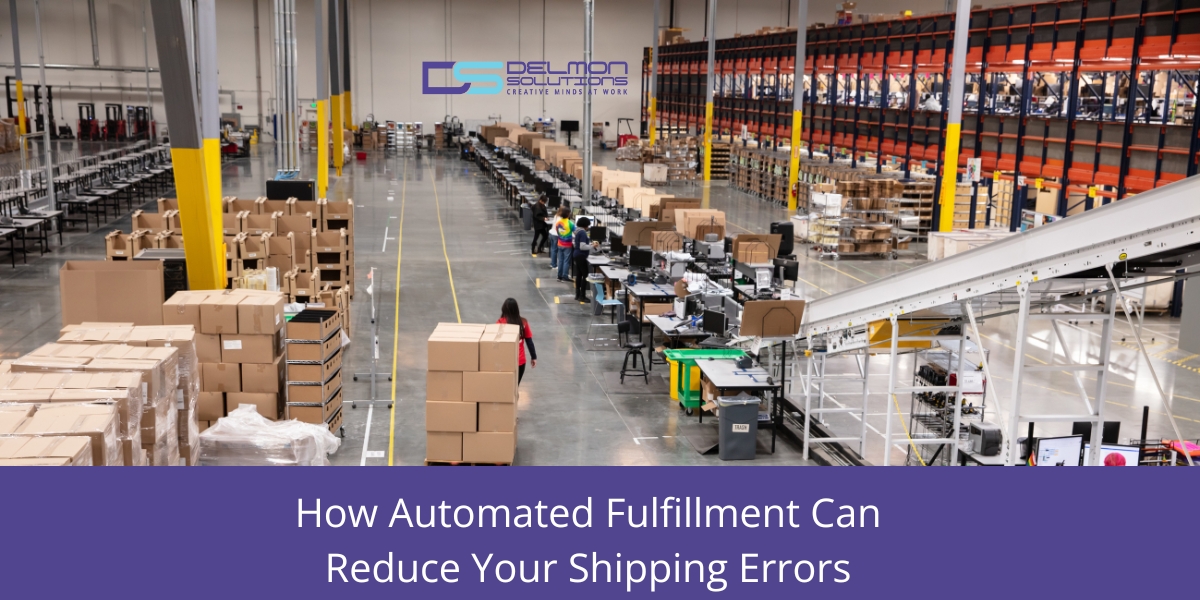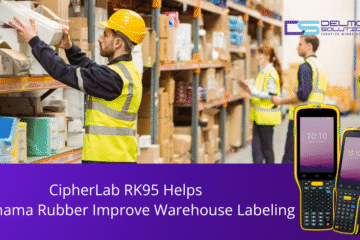Shipping errors don’t just disappoint customers. It also takes a toll on the company’s profit margins. Human errors in shipping make the most of it. However, in recent times industries are now adapting to the latest technologies for automated fulfillment. Also, the ecommerce sector is very competitive, so one must be one step ahead of their rivals. Due to this, automated fulfillment systems have evolved from luxury to necessity.
Understanding the Impact of Shipping Errors
Before jumping into solutions, one has to understand just how much an error in shipping or fulfillment costs a business. According to studies, the average cost of an error in fulfillment or shipping runs anywhere between $38.50-$58.50. This cost can significantly reduce the profit margins in organizations.
Some of the common errors include:
- Selecting and packing the wrong article
- Incorrectly labeling and damaging packages
- Late deliveries or missed deliveries at all
- Inventory discrepancies and stockouts
- Order processing data entry errors
The Power of Automated Fulfillment
Automated order fulfillment systems use modern methods to have a smooth working of processes, by decreasing manual labor.
Barcode Scanning and Inventory Tracking: Barcode scanning technology helps to box the correct items, and inventory is tracked in real-time to provide proper visibility to stock levels.
Automated Picking Systems: Automated picking methods like pick to light and voice-directed picking are widely used today. These systems direct workers toward the correct items and reduce human error during the picking activities.
Automated Packing and Labeling: Packing and labeling automation helps in proper shipping labels and generate accurate tracking information. This ensures each package is sealed and protected and minimizes the chances of damage or mislabeling.
Warehouse Management Systems (WMS): A fully integrated Warehouse Management System (WMS) brings together everything mentioned above and helps to improve the shipping process.
Addressing the Root Causes of Shipping Errors
Below are some of the reasons as to why such errors happen and what could be the possible solutions:
Integrating Order Sources
Orders entry is from websites, sales channels, and even offline channels. When these channels are unintegrated, human entry of data becomes necessary. This increases risk of human error. An automated fulfillment system can interface with OMS or ERP software and ensure that the orders get fulfilled correctly without human interference.
Product Entry into Warehouses
In manual entries, there are chances for a product to be registered in inventory which is of no use to the particular company. These goods results in incorrect inventory levels and, hence, the wrong items being shipped.
Automated receiving systems use barcode scanning and real-time inventory adjustments. Upon arrival of a shipment, the system quickly verifies the items and checks for any discrepancies. The inventory is then updated accordingly.
Picking and Making Slots
Items slotted and organized in picking locations can make or break the accuracy of picking. For example, picker can mistakenly select a wrong size or color of related attire items when they are place in same lot.
Automated picking solutions and strategic approach for slotting products, will greatly reduce the number of errors. Also, if slotting is adjusted so that similar items are kept separately, the likelihood of picking errors is further diminished.
Eliminating Multi-SKU Bin Locations
To maximize space utilization, several companies may select to place a few stock-keeping units (SKUs) into the same bin location. While appropriately done, this could leave the risk of picking the wrong item to some extent.
Proper warehouse layout and the best fit of a customer’s chosen automated fulfillment system can remove this practice. It shows real-time inventory information and directed picking. The system ensures that each bin location contains only one SKU, which almost eliminates the risk of shipping errors.
The Step by Step Approach to implement Automated Fulfillment
To successfully implement automated fulfillment and enjoy the benefits of fewer shipping errors, the following key steps need to be considered:
Step #1: Check The Requirements
Analyze your complete fulfillment operations. Points of emphasis should be areas where human errors tend to occur more frequently, such as picking, packing, data entry, etc.
Step #2: Choosing an Appropriate Automation Technology
Companies must select technologies that integrate well within their assessed fulfillment workflow. These may be barcode scanners, automated picking solutions, real-time inventory management tooling, and others.
Step #3: Integration with Existing Systems
Industries should make sure that the new automation tool can work perfectly with existing WMS, order management platform, etc.
Step #4: Learning and Training Sessions
Industries should conduct training sessions for their employees to help them understand the new automated systems.
Step #5: Monitor and Optimize
Continuously monitoring automated fulfillment system and optimize as needed.
Conclusion
The investment in automated fulfilment system means much beyond just reducing shipping errors. It will establish a competitive edge for a business in the e-commerce sector. Industries can then consistently deliver on-time and accurate orders. It paves the way for business with customer loyalty and attracts new customers by standing longer in the race of success.
Your Warehouse Our Technology
Looking for reliable inventory and asset management solutions? Since 2009, at Delmon Solutions, we have been the preferred warehouse solutions partner for top logistics and eCommerce fulfillment companies. From barcode scanners and printers to inventory tracking and warehouse management systems, we deliver what keeps your operations keep running smoothly. Let’s make your warehouse smarter. Contact us.




